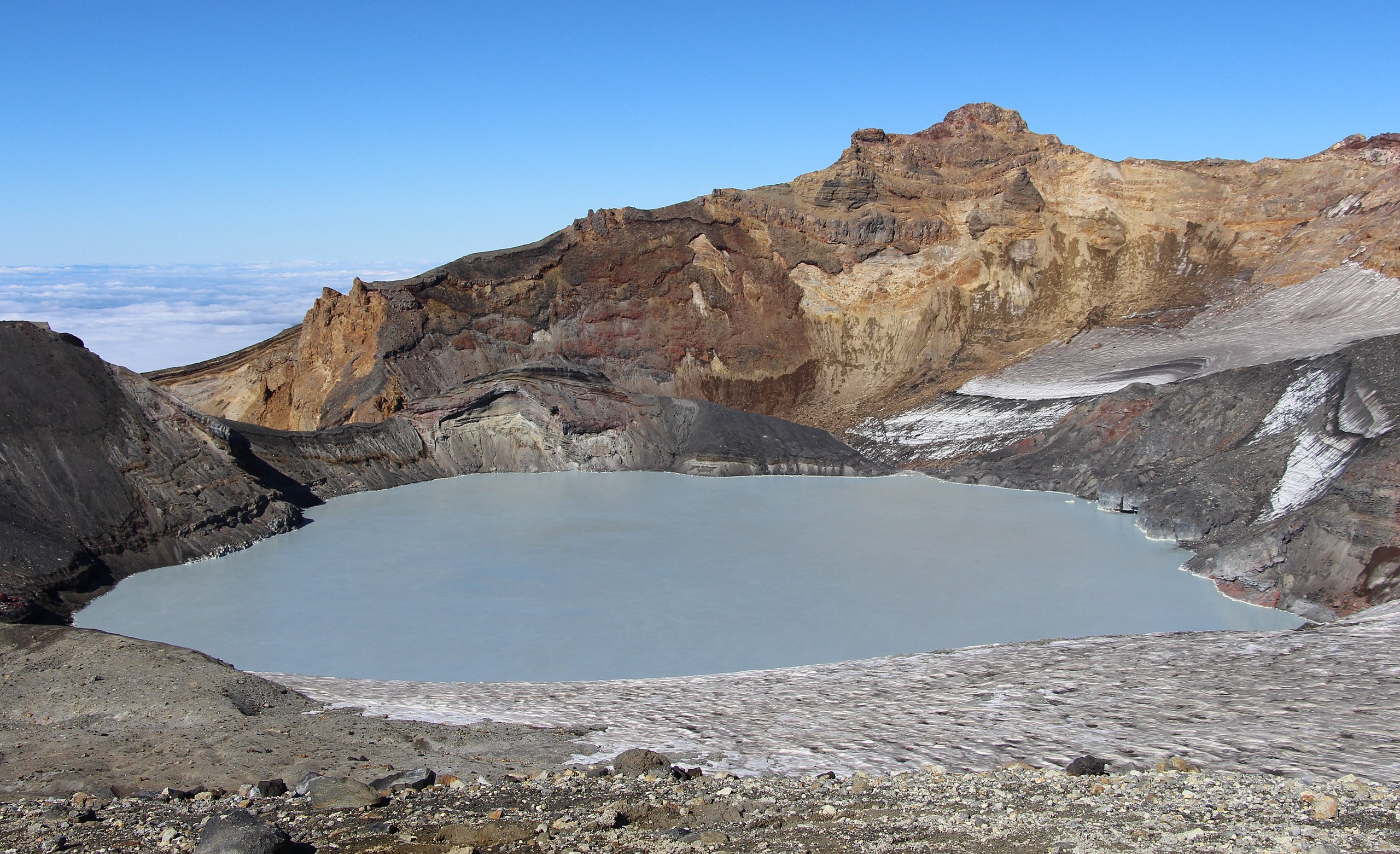Mt Ruapehu’s crater lake is belching CO₂ at the second highest level ever recorded at the site.
GNS says the changes suggest magma may now be driving the unrest, increasing the chances of further volcanic activity – however an eruption is still unlikely overall.
The SMC asked experts to comment on the heightened unrest.
Professor Martha Savage, Professor of Geophysics, Victoria University of Wellington, comments:
“The main take-away for me from the latest GNS update is that Ruapehu is more active than it has been in about 15 years. There appears to be magma moving around, so it is definitely more risky than it has been for quite a few years. I’ve looked at the seismic records and there is definitely a lot more tremor and small earthquakes than there usually is. The Whakaari volcano was also at alert level 2 when it erupted. Alert level 2 is “moderate to heightened volcanic unrest, potential for eruption hazards”. Alert level 3 is not reached until there is actually an eruption. The alert level can’t go higher than 2 until there is an eruption, but if there were more levels, it would be higher than it was a few weeks ago, e.g., two and a half or so. But that’s not an option with the alert level system.
“When GNS say “an eruption is unlikely” that is also correct, since most volcanic unrest periods end without an eruption. The magma could stop inside the volcano, which is called an “intrusion”. It is difficult to predict which way it will go. Volcanic eruptions are also somewhat like earthquakes, in that there are many, many more small ones than large ones. So if there is an eruption, it is more likely to be small than large. But it could be large. So the bottom line is, I would not let my children climb up Mt. Ruapehu now. It is not hugely likely to erupt soon, but it is much more likely to erupt now than it was two years ago.”
No conflict of interest.
Jonathan Procter, Lead of the Volcano Research Programme, Resilience to Nature’s Challenges National Science Challenge; and Professor of Natural Hazards, Massey University, comments:
“I think it’s important to recognise that Ruapehu is an active volcano that has erupted in the past and will continue to erupt in the future.
“Geonet data shows that the volcano is behaving in a different way and Geonet responded to that change of behaviour by raising their alert level. The signals being observed are complex which would require any analysis to look for significant change in the data. In response, DOC has issued their warning and provided an exclusion zone around the Crater Lake area, which is suggesting people stay out of these areas for their own safety. These are all very good actions to mitigate any impacts from an eruption and raise the awareness of the public who may be wanting access the National Park.
“As researchers we are focussed on understanding what potential volcanic phenomena would occur in response to an eruption and understanding what the most likely scenario be. Ruapehu has, in the past, been a prolific producer of lahars and we cannot ignore the events of 1953 where 151 people died from the impacts of lahar. We have undertaken a significant amount of research understanding past events to build scenarios of what might occur that have informed current monitoring systems installed to detect phenomena like lahars that can occur down many of the rivers originating from the volcano. We have also spent considerable effort on simulating lahars and ash fall based on past events as a guide to what might happen. We are focussed on understanding the impacts of future lahar events down the Whangaehu and how we may mitigate those effects on communities and business down the river. We are also prepared to provide any information about the impacts from ash fall to surrounding communities, infrastructure and farmers.
“Here is one of our latest papers on how we have analysed the past eruptions from Ruapehu.”
No conflicts of interest declared.
